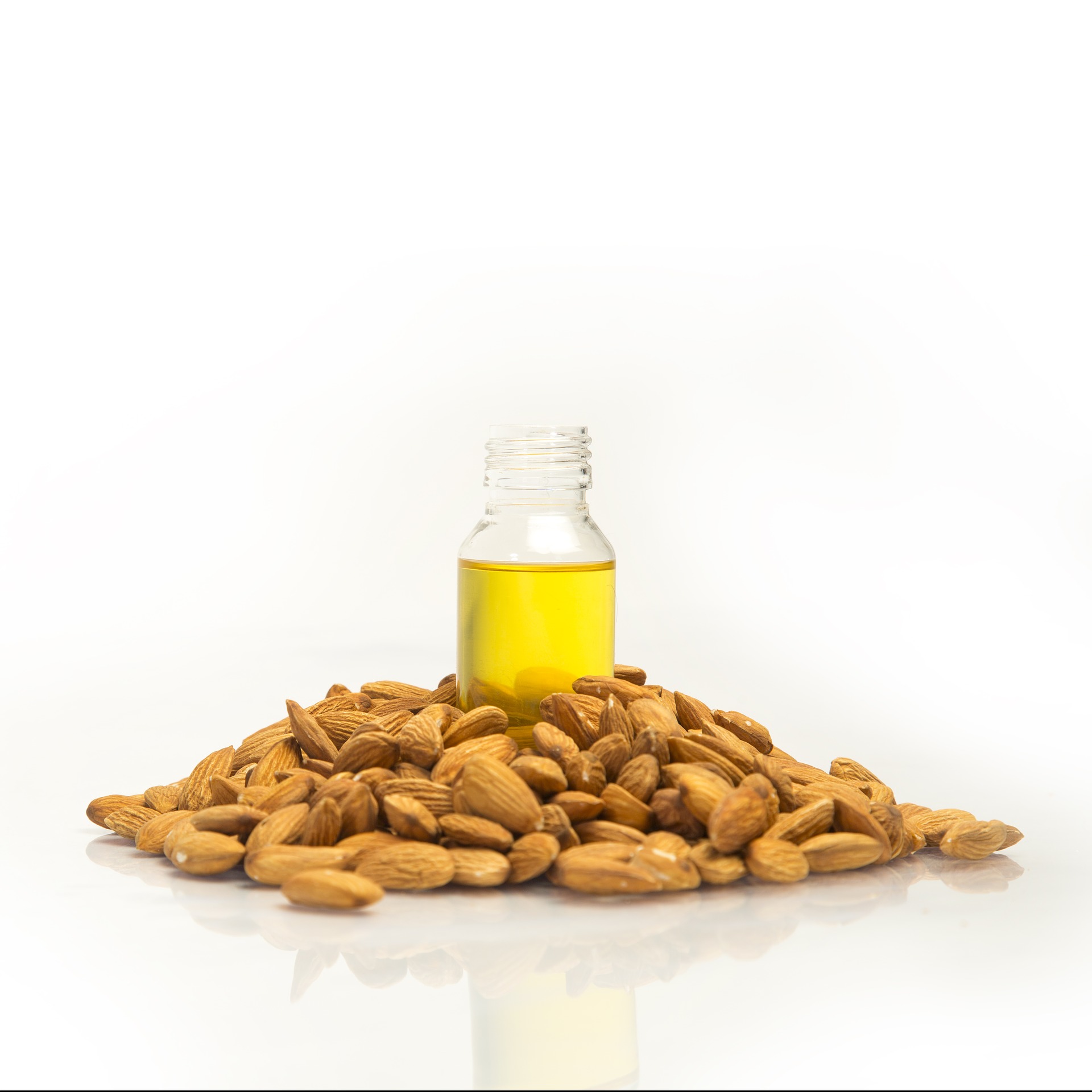
Dark circles are the sign of stressful and sleepless life. Now a days many people are suffering from dark circles. Though it does not pose a serious health issue, it makes people tired and dull. There are many home remedies available for dark circles, in which Almond Oil always preferred.
Almond oil is a good moisturizer, it moisturizes the skin in and around the eyes. Since the skin around the eye is very sensitive and delicate, it is advisable to use this natural home remedy rather than going for any harsh chemical beauty products.
Types of Almond Oil
Many people are unaware about the fact that there are two types of Almond oil available. People often use bitter Almond oil for beauty purposes which is not correct.
There are two types of almond oil available:
- Sweet Almond Oil : Base Oil – Commonly used oil
- Bitter Almond Oil : Essential Oil – Used for aroma therapy.
It should be noted that Sweet Almond oil should only be used for beauty purpose as the bitter almond oil is used for aromatherapy.
Almond oil can be used in variety of remedies to reduce dark circles. We have shown here few remedies which can be done in the comfort of your home.
- Using Only Almond Oil
- Using Almond Oil with Honey
- Using Almond Oil with Coconut Oil
- Using Almond oil with Rose Water
- Using Almond Oil with Lemon Juice
- Using Almond Oil with Turmeric powder
Using Only Almond Oil
Things Required:
- One Teaspoon of Almond Oil (Always use high quality cold pressed Almond oil for better results)
How to:
Before going to bed,
- Wash your hands thoroughly.
- Cleanse your face with cleanser of your choice.
- Gently massage the almond oil on to your face.
- Massage for 2-3 mins.
- Let it sit overnight.
Wash it off in the morning. Continue this for few weeks, you will start to see difference in your skin. But using it regularly for several weeks for you to reap the benefits of Almond oil.
Why it works:
The Anti-Inflammatory property of Almond oil reduces the puffiness around the skin. It moisturizes the skin around the eyes thus reducing the dark circles around the eyes.
Almond oil is rich in Vitamin E, which helps in reducing the dark circles and lightens the skin.
Using Almond Oil with Honey
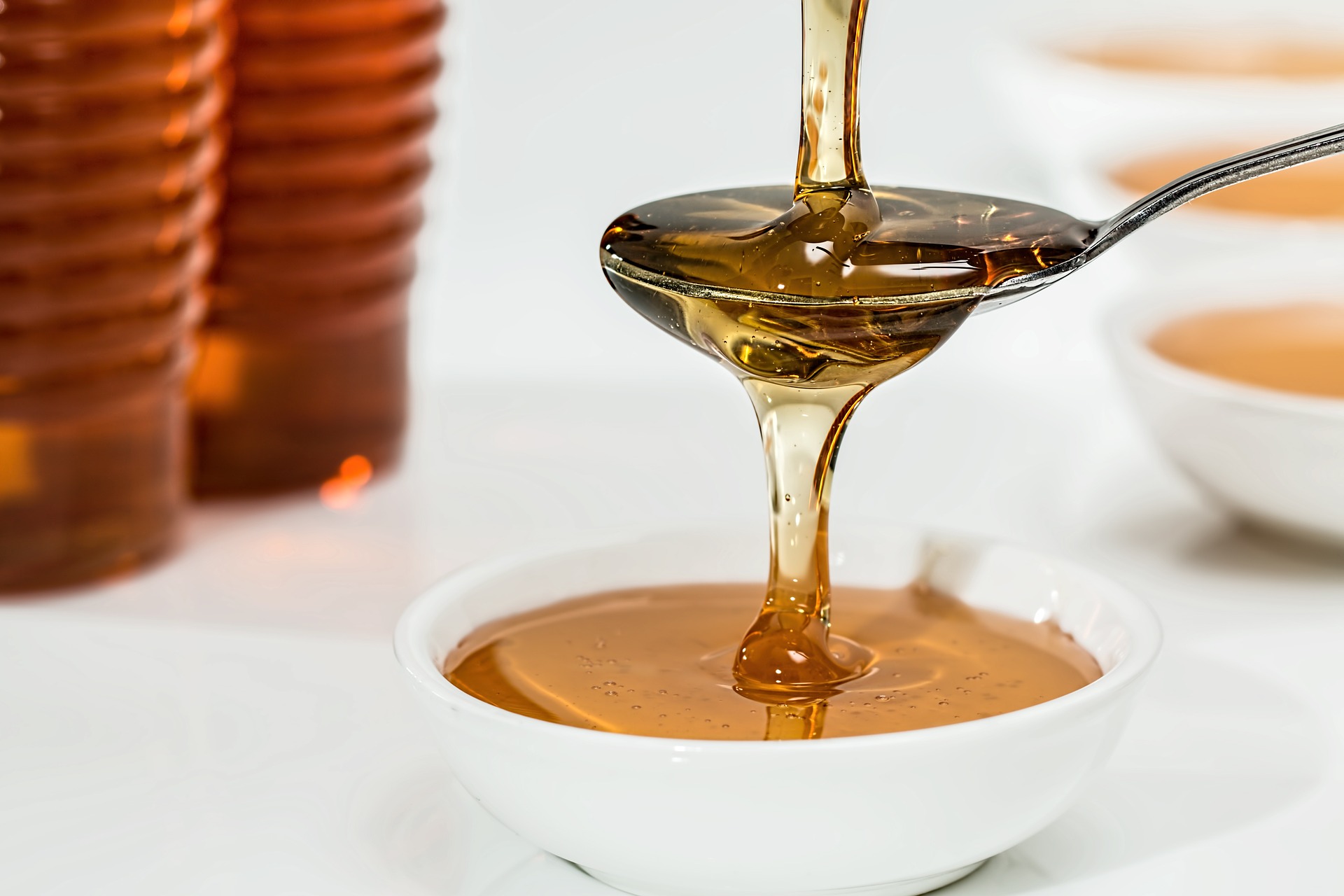
Things Required:
- One Teaspoon of Almond Oil (Always use high quality cold pressed Almond oil for better results)
- One Teaspoon of Honey (unprocessed and pure honey is better)
How to:
- Mix Almond oil with Honey.
- Mix it well.
- Cleanse your face with cleanser of your choice.
- Gently massage the mixture in and over your eyes where you have dark circles.
- Massage well for 5 minutes.
It would be better if you keep for a night. If you are worried about staining your bed, then keep it as long as you can with minimum of 30 minutes.
Wash it off with cold water. Continue this daily for a month to see results.
Why it works:
Combining Almond oil with honey will increase it’s effectiveness, thanks to anti-inflammatory and moisturizing property of Honey.
Using Almond Oil with Coconut Oil

Things Required:
- One Teaspoon of Almond Oil (Always use high quality cold pressed Almond oil for better results)
- One Teaspoon of Coconut oil (Virgin Oil is preferred)
How to:
- Mix Almond oil with Coconut Oil.
- Mix it well.
- Cleanse your face with cleanser of your choice.
- Gently massage the mixture in and over your eyes where you have dark circles.
- Massage well for 5 minutes.
Why it Works:
Coconut oil contains nutrients that are essential for the health of your eyes. It adds to the moisturizing property of almond oil thus increasing it effectiveness in reducing dark circles.
Using Almond oil with Rose Water
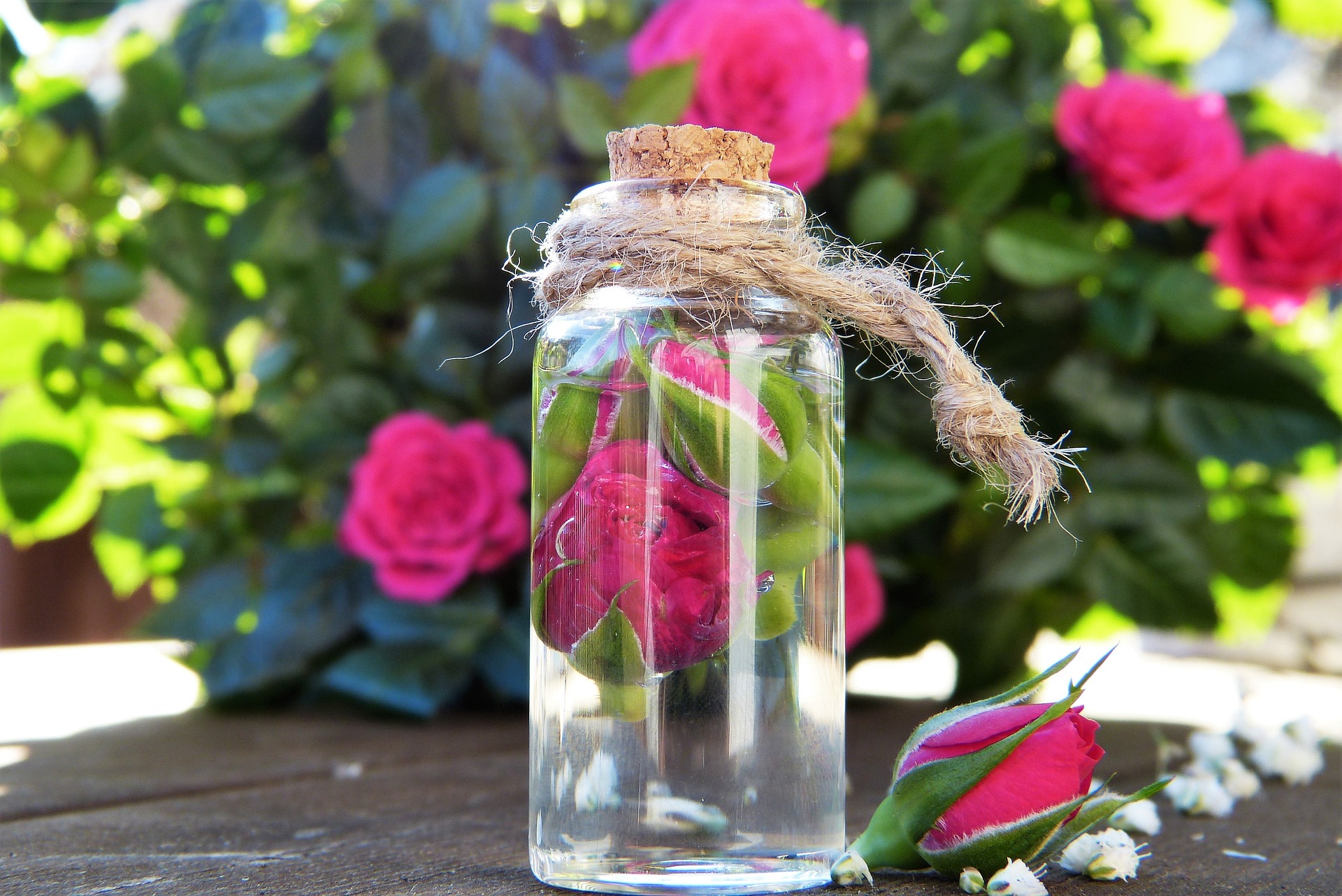
Things Required:
- One Teaspoon of Almond Oil (Always use high quality cold pressed Almond oil for better results)
- Few Drops of Rose Water.
How to:
- Dip a cotton ball in the rose water.
- Gently massage in and around the eyes where there are dark patches.
- Wait till it dries.
- Take Almond oil and gently massage in and around the dark patches.
Let it sit overnight or wash after 30 minutes.
Why it works:
Rose water is strong anti oxidant which removes any free radicals present in your skin. It also removes wrinkles from your face, thus reducing the dark circles.
Using Almond Oil with Lemon Juice
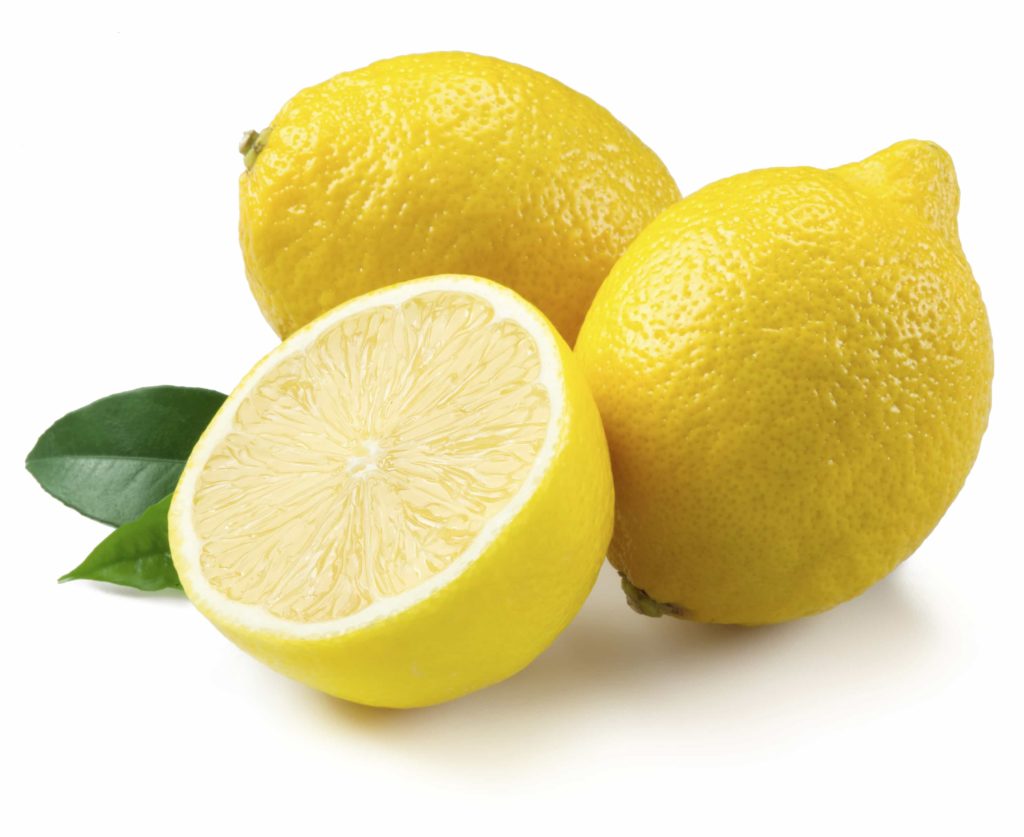
Things Required:
- One Teaspoon of Almond Oil (Always use high quality cold pressed Almond oil for better results).
- One Teaspoon of freshly squeezed Lemon Juice.
How to:
- Mix Almond oil with Lemon Juice.
- Mix it well.
- Cleanse your face with cleanser of your choice.
- Gently massage the mixture in and over your eyes where you have dark circles.
- Massage well for 5 minutes.
Let it sit for 30 minutes and wash it off thoroughly.
Why it Works:
Lemon is a excellent bleaching agent. It helps to lighten the skin tone and to promote a even skin tone. Lemon mixed with Almond oil increases the efficiency to reduce dark circles.
Using Almond Oil with Turmeric powder
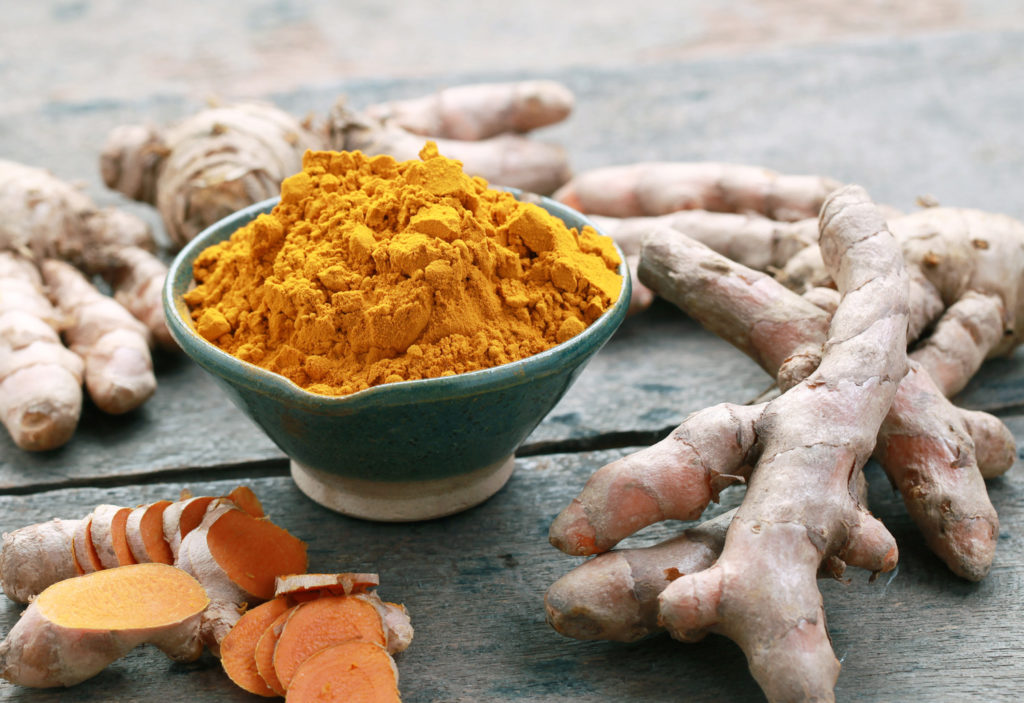
Things Required:
- One Teaspoon of Almond Oil (Always use high quality cold pressed Almond oil for better results).
- A pinch of Turmeric Powder.
How to:
- Mix Almond oil with Turmeric Powder.
- Mix it well.
- Cleanse your face with cleanser of your choice.
- Gently massage the mixture in and over your eyes where you have dark circles.
- Massage well for 5 minutes.
Why it works:
Turmeric is a powerful anti-oxidant. Turmeric reduces the melanin secretion of the skin thus reducing the dark circles around the eyes. Its anti oxidation property reduces the wrinkles and promotes an young looking skin.




